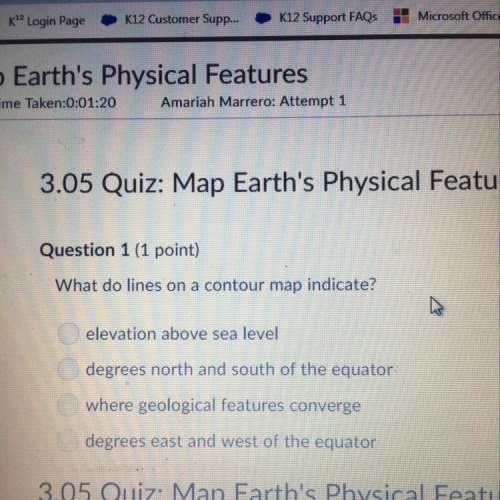
Chemistry, 10.02.2021 02:20 TyleenValdez975
How many grams of ice at -14.1 ∘C can be completely converted to liquid at 17.1 ∘C if the available heat for this process is 5.16×103 kJ ? For ice, use a specific heat of 2.01 J/(g⋅∘C) and ΔHfus=6.01kJ/mol .

Answers: 3


Other questions on the subject: Chemistry

Chemistry, 22.06.2019 12:30, hayleyconsole
Nebulae are enormous clouds in outer space. they are made mostly of hydrogen gas, helium gas, and dust. some nebulae glow brightly, while others do not. the stars that people see are huge, bright balls of glowing gas. they are made mostly of hydrogen and helium. which statement correctly describes other ways in which nebulae and stars are different? a. stars can form inside a nebula but a nebula can never be produced by any star. b. a star always has a higher density than a nebula. c. stars can never form inside a nebula but a nebula can be produced by any star. d. a nebula always has a higher density than a star.
Answers: 3


Chemistry, 22.06.2019 14:50, jonmorton159
Consider the following multistep reaction: a b→ab(slow) a ab→a2b(fast)−−−−−−−−−−−−−−−−− 2a b→a2b(overall) based on this mechanism, determine the rate law for the overall reaction. express your answer in standard masteringchemistry format. for example, if the rate law is k[a]3[b]2 type k*[a]^3*[b]^2
Answers: 3
You know the right answer?
How many grams of ice at -14.1 ∘C can be completely converted to liquid at 17.1 ∘C if the available...
Questions in other subjects:


Mathematics, 23.09.2020 02:01

Medicine, 23.09.2020 02:01

Biology, 23.09.2020 02:01

Social Studies, 23.09.2020 02:01


Mathematics, 23.09.2020 02:01

Business, 23.09.2020 02:01






